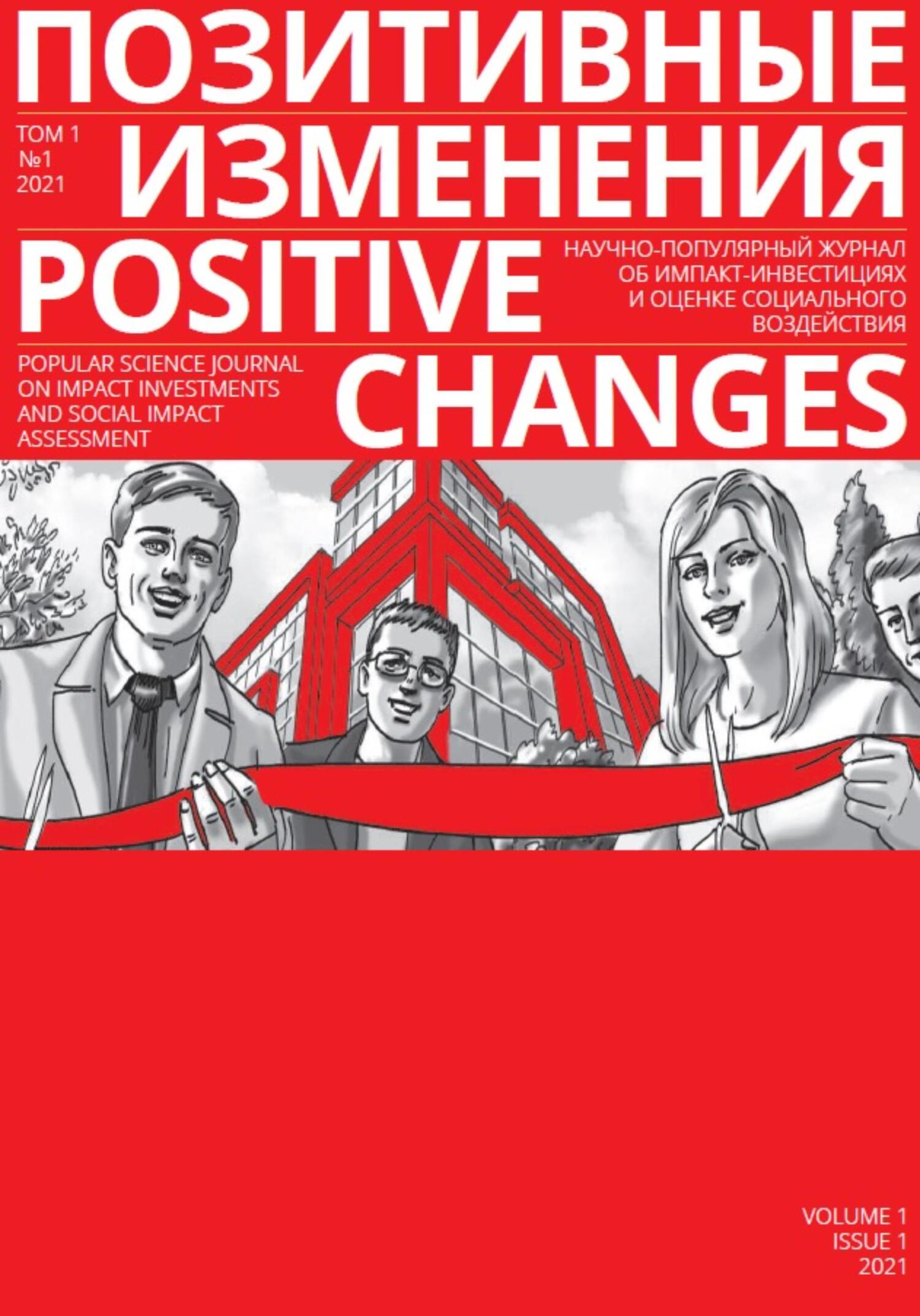for the second case there is an even more specific concept of “Impact Assessment", which can be translated into Russian as “прогнозирование влияния" (impact forecasting).
The International Association for Impact Assessment (IAIA) defines “Impact Assessment" as “the process of determining the future effects of current activities." As one of the modern examples of this term definition can be given the following: The Social Impact Assessment is “the process of preliminary assessment of the social consequences of certain social or political projects. It is a predictive procedure for assessing social effect" [Takyi, 2014].
The main difference between this concept and the concept of “Evaluation” is the predictive nature of assessment — conditionally, you can characterize it as a “predictive” or “predictive” assessment, i.e. assessment of the present activity in the context of forecasting the development of this activity in the future.
Thus, we can say that the term “assessment" (“assessment of influence"; predictive assessment) should be used in a situation when assessment is conducted even before the program launch, when we can determine the possible consequences and effects of our program, “monitoring" — when we assess the program compliance by a number of indicators in its implementation, with the possibility of prompt intervention. The assessment that is conducted after the program implementation is traditionally considered as the actual “program assessment" (“program impact assessment").
The key issues in this context are everything related to the definition of “outcome" and “impact" — social impact and the project impact, respectively. In many ways, the definition of the concept of social impact (effect) depends on the approach to its measurement. It can be noted that often the concept of social impact is considered as synonymous with the concept of “efficiency", as well as “social value".
The concept of social value, in turn, combines four components: the common good (for key stakeholders), the services provided, personal well-being (emotional well-being, increased self-evaluation, finding purpose), and community development [Courtney, 2018]. Different definitions also can be given to “Social efficiency". Thus, it can be defined as the ability to achieve the goal, the satisfaction of all stakeholders' interests, the optimal ratio of inputs and outputs, uninterrupted provision of resources, compliance with international standards [N. V. Rozhdestvenskaya, S. B. Boguslavskaya, O. S. Bobrova, 2016].
“Social impact" can be defined as referring to a wide range of non-economic outcomes affecting people's well-being, social capital, community development, and the environment. From the perspective of donors and investors, the social effect can be defined as the result of investing funds, which is determined not only quantitatively, but also qualitatively — in the form of new practices, knowledge and information.
Full understanding of the impact concept requires a shift from the expected activity results (outputs) to the expected final results (outcomes). Outputs are the results that organizations can directly measure or evaluate (e.g., number of trained people, percentage of new employees in the workforce), while outcomes are broader changes, benefits, and knowledge that can be gained in the medium to long term (e.g., reducing social exclusion, reducing inequality).
Since outcomes refer to changes in society, they are determined by the impact of a wide audience, as well as the influence of external conditions that could contribute to them. Organizations can play a key role in driving change, but their contributions should not be overstated. For this reason, the concept of social impact refers to that proportion of the total result that has been achieved as a result of the organization activities, in addition to what would have happened in any case [Grieco, 2015].
An example of possible areas for measuring social impact is given in the following table [Ibid.] (Table 1).
Table 1. Areas of possible measurements of social impact (according to Greco)
Figure 1. Chain of project results (according to A. I. Kuzmin)
Another important aspect of determining immediate results is to separate them from the characteristics of the activities performed. A. I. Kuzmin draws the attention on this aspect in one of his publications in the professional blog. The author provides the following diagram to illustrate this thesis.
Kuzmin notes that “in social design, outputs are the direct consequences of a series of actions within a project. It would seem that everything is simple: if you performed an action, you got an output. However, strange as it may seem, in both foreign and Russian publications, opinions on what should be considered an immediate result (output) differ radically. And it seems that our erroneous position is becoming more and more popular. It consists in the fact that the characteristics of the activity performed are referred to the immediate results. The author gives the following example: “Suppose a project is training. Training itself is a project activity. Nobody has any questions here. Now attention! The immediate results of training are called the following: how many training courses were organized, how many hours the classes lasted, how many people took part in the training. But all of the above refers to the activity itself, describes its scale, and answers the question of how much we have done. All these are characteristics (indicators) of the activity performed, but in no way its immediate results. What is the immediate result of training, its direct consequence? What happens to the trainees: changes in their knowledge, skills, and attitudes towards something?"
It is worth noting that the above-described problem of interpreting the concept of immediate results in terms of activity characteristics is quite common. Moreover, we can say that most of the sources considered during this analysis state that immediate results are understood exactly as activity characteristics.
Thus, the recommended position on this issue is the one that takes into account, on the one hand, the need to assess the results at the level of correlation with the stated objectives of the project, but on the other hand includes a component of the scale of these results, and therefore, an indication







